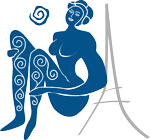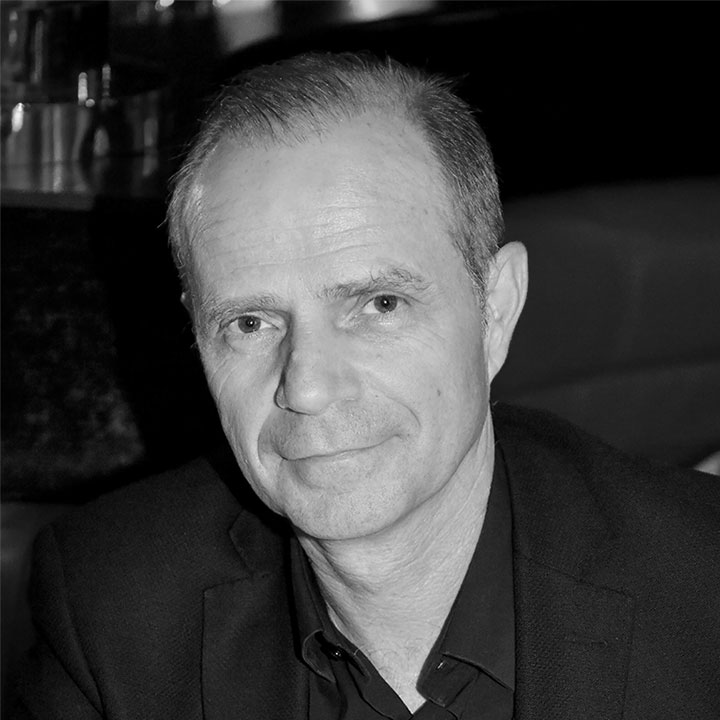Vascular Surgeon
Expert in the treatment of varicose veins
A soft treatment to remove only the irreparably damaged veins
This treatment is above all the ASVAL method, developed at the Riviera Vein Institute by Dr. Pittaluga’s team nearly 20 years ago.
This “selective” method removes only the diseased and irreversibly damaged varicose veins while preserving the healthy or recoverable veins, in particular the main superficial drainage vein, the saphenous vein.
Thus :
- The aggressiveness (hematoma, pain and postoperative discomfort),
- The need for a general or epidural anesthesia,
- The disability resulting from the intervention (work stoppage of several weeks and limitation of physical activity),
- The systematic sacrifice of the saphenous vein,
- The frequency of recurrence of varicose veins a few years later.
The consequences of the traditional surgical treatment (stripping) led Dr. Pittaluga’s team to question their practice in the early 2000s, leading to the development of the ASVAL method in late 2003. The ASVAL method now represents more than 90% of the procedures performed by Dr. Pittaluga’s team.
The main contributions of the ASVAL Method
A « smart » method
ASVAL is not very aggressive for the venous system because it is selective since it only removes diseased, irrecoverable veins. It is an “intelligent” approach because it preserves as much of the venous capital as possible, and in particular the saphenous vein. In addition to the benefit of its conservation for venous drainage, the saphenous vein can be used, if necessary, to perform a vascular bypass in case of peripheral arteriopathy or cardiac problems (coronary arteries).
A « soft » method
ASVAL is a gentle, “minimally invasive” method that removes diseased veins using micro-incisions the size of a needle hole. There are no stitches, no need for post-operative care and dressings. The ASVAL microsurgical approach avoids hematoma and post-operative pain. As an example, studies have shown that 9 out of 10 patients do not take a single postoperative pain pill.)
A safe method
ASVAL is performed using optimized local anesthesia (also developed by Riviera Vein Institute surgeons), sometimes with the help of relaxing techniques, which makes the anesthetic risk very low, almost at the same level as local anesthesia in a dental procedure.
An outpatient method
Hospitalization, even on an outpatient basis for one day, is not necessary. The patient is discharged within an hour of the end of the procedure.
A method with simple and aesthetic after-effects
The use of a microsurgical technique avoids the use of skin stitches (no sutures). The micro-incisions are closed by special tapes (elastic), which allow the absence of a dressing and the taking of a shower the day after the operation, and which lead to the absence of a scar. All daily activities are possible as soon as the patient leaves the clinic and the return to work is very quick. According to studies, more than 90% of patients return to work the next day, with a small minority of patients (very static workstation) having to take time off work, but for only 4 days on average, to allow them to be physically active in the days following the procedure.
Postoperative compression stockings are only necessary until the day after the operation, especially when the physical activity prescription is respected.
A method perfectly adapted to each patient
The ASVAL method is adapted to each individual case because it treats only the irrecoverable veins, which are not the same from one patient to the next. This method is thus clearly different from all other techniques, including the modern endovenous techniques by laser or radiofrequency, which lead to the systematic destruction of the saphenous vein in all patients.
Consequence
Today, the treatment preferred by Dr. Pittaluga at the Paris Vein Institute is the ASVAL method, which will be chosen whenever possible.
Only in cases where the saphenous vein is too damaged (very advanced varicose veins, history of thrombosis) will it be proposed to remove the saphenous vein by endovenous laser or radiofrequency. In our experience of nearly 20 years, less than one patient in ten is in this degraded situation requiring destruction of the saphenous vein.




